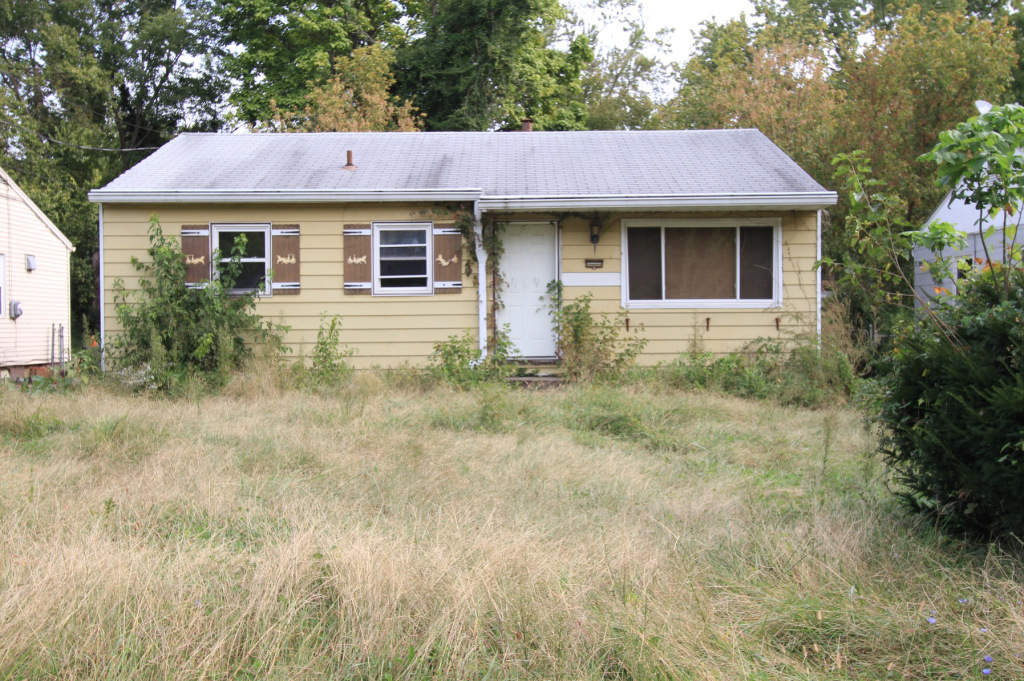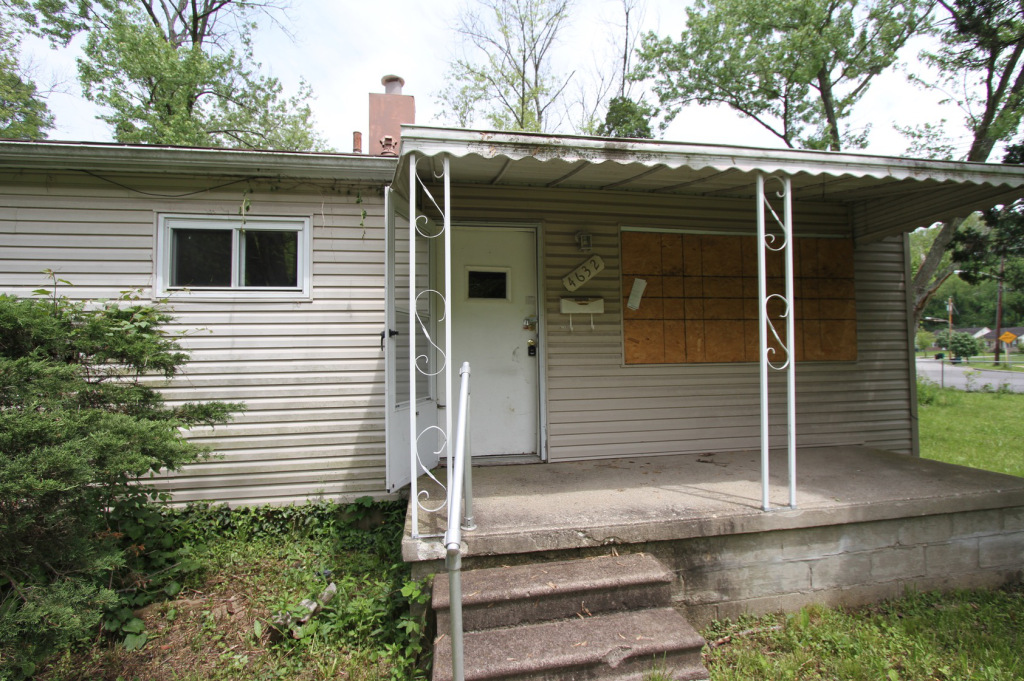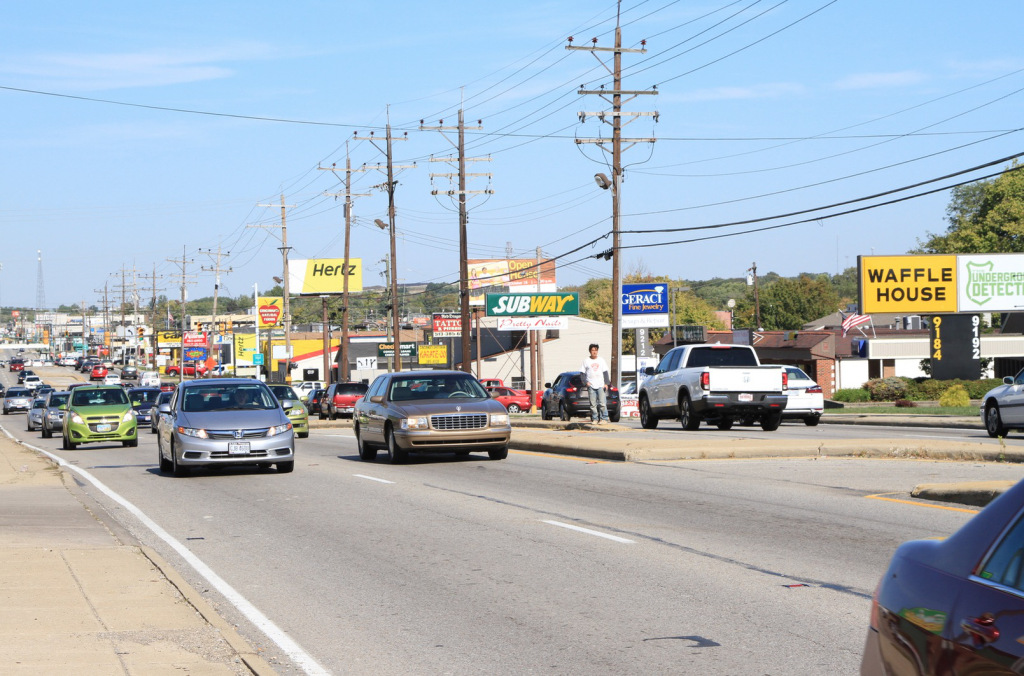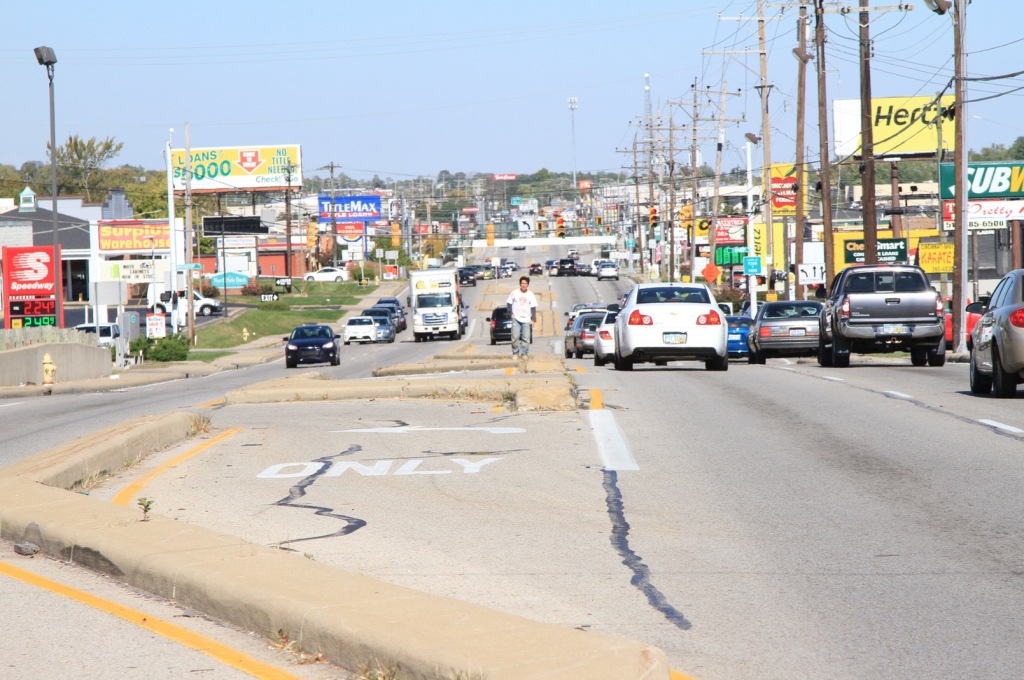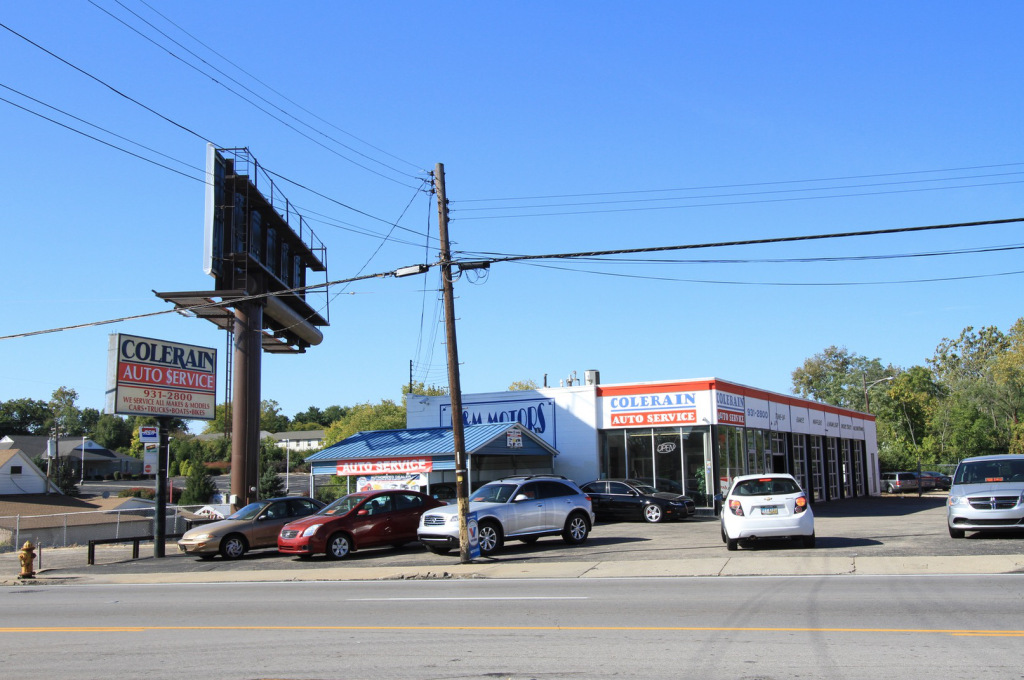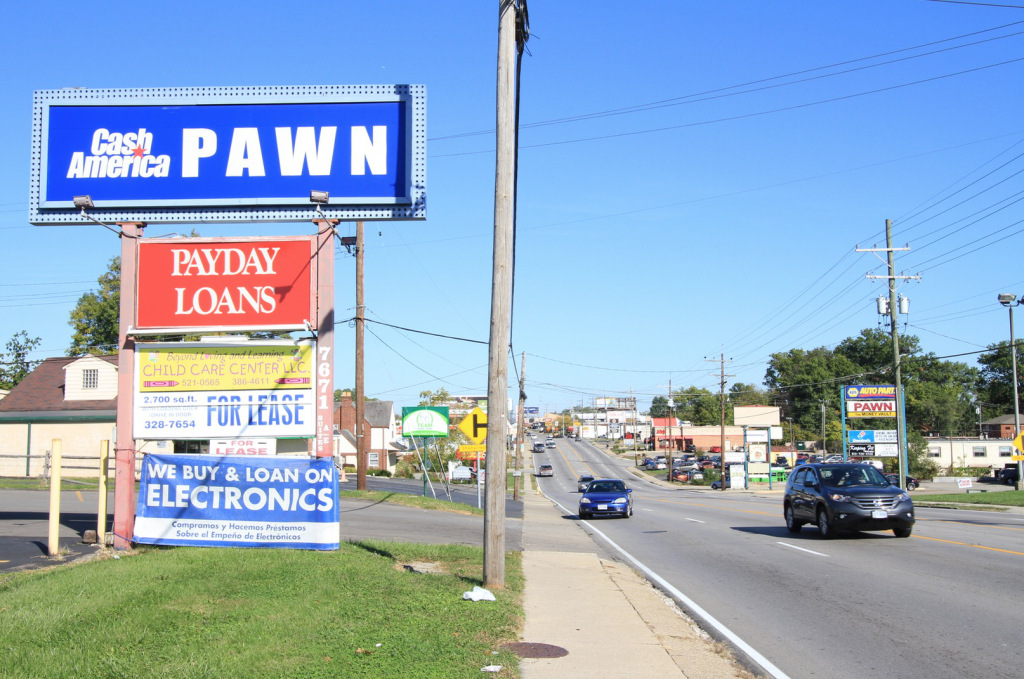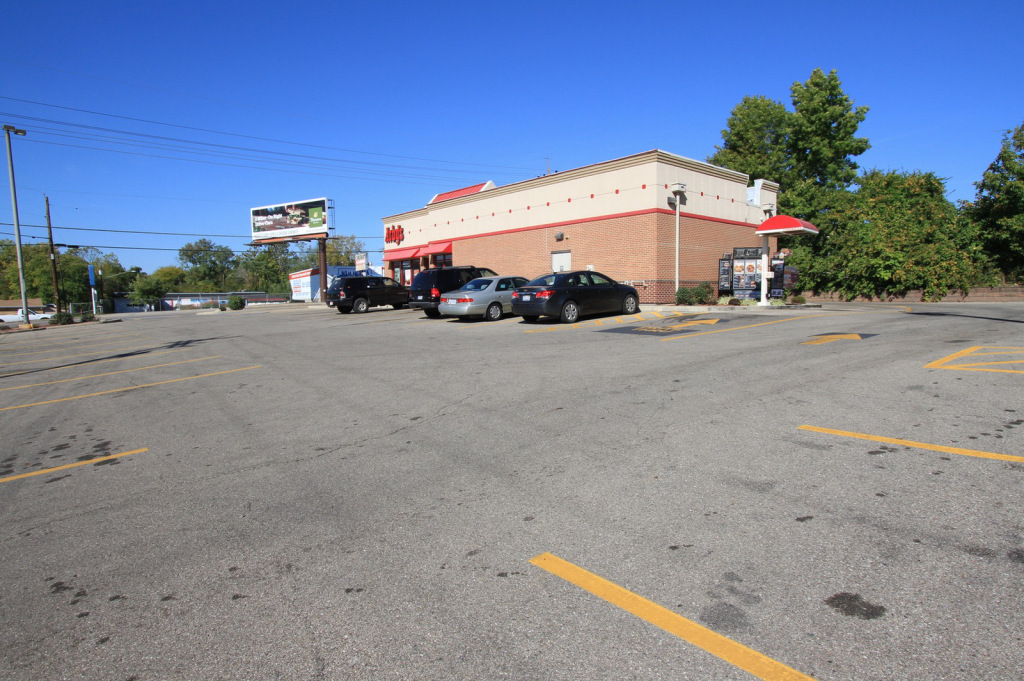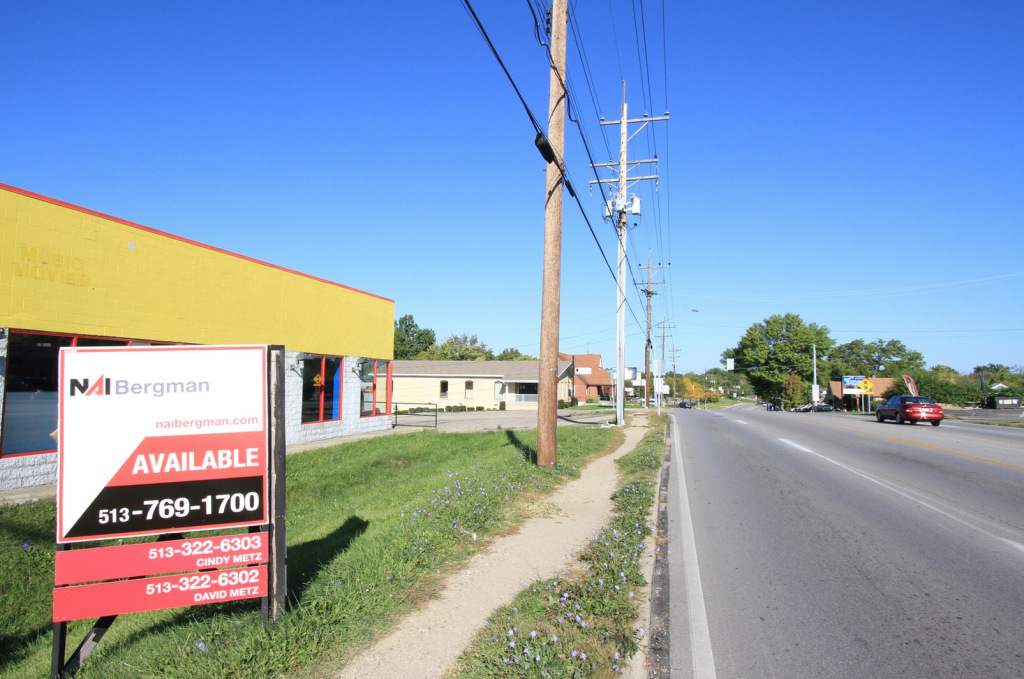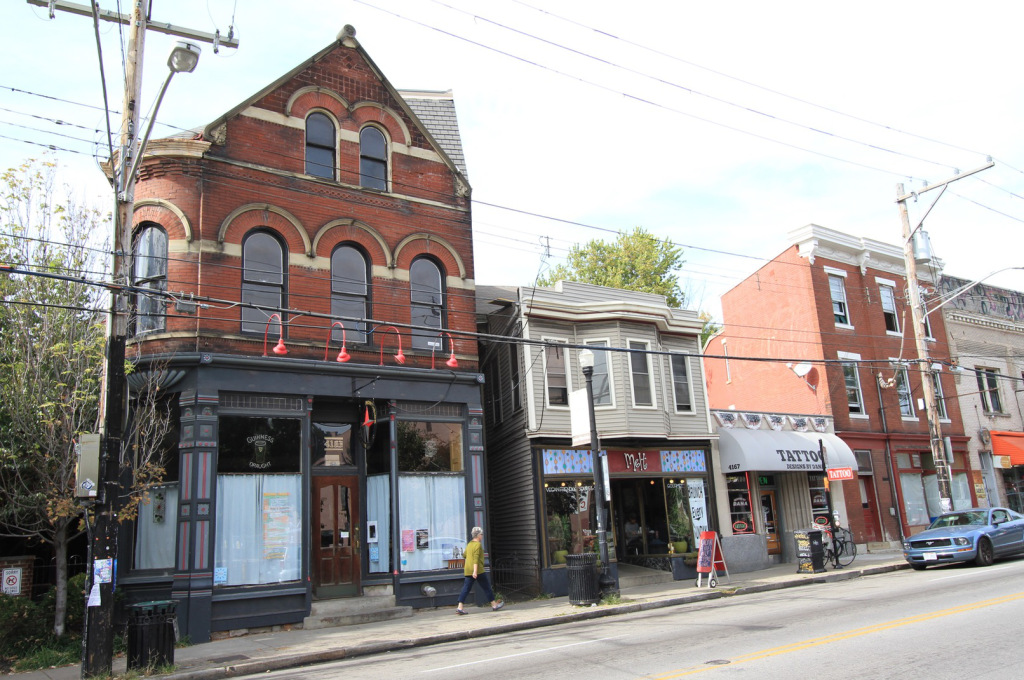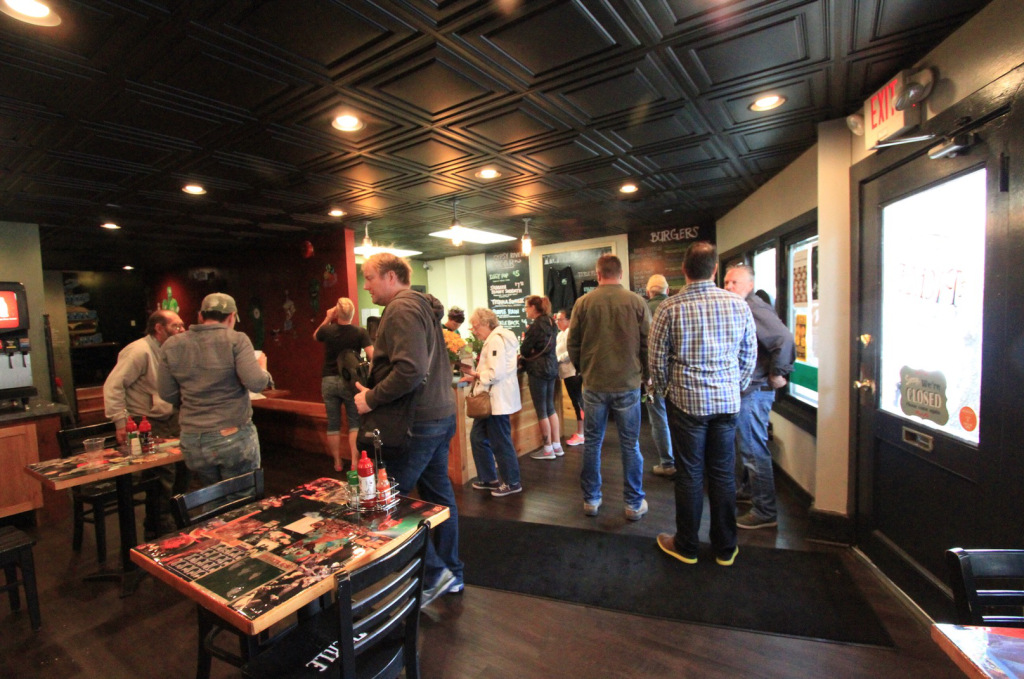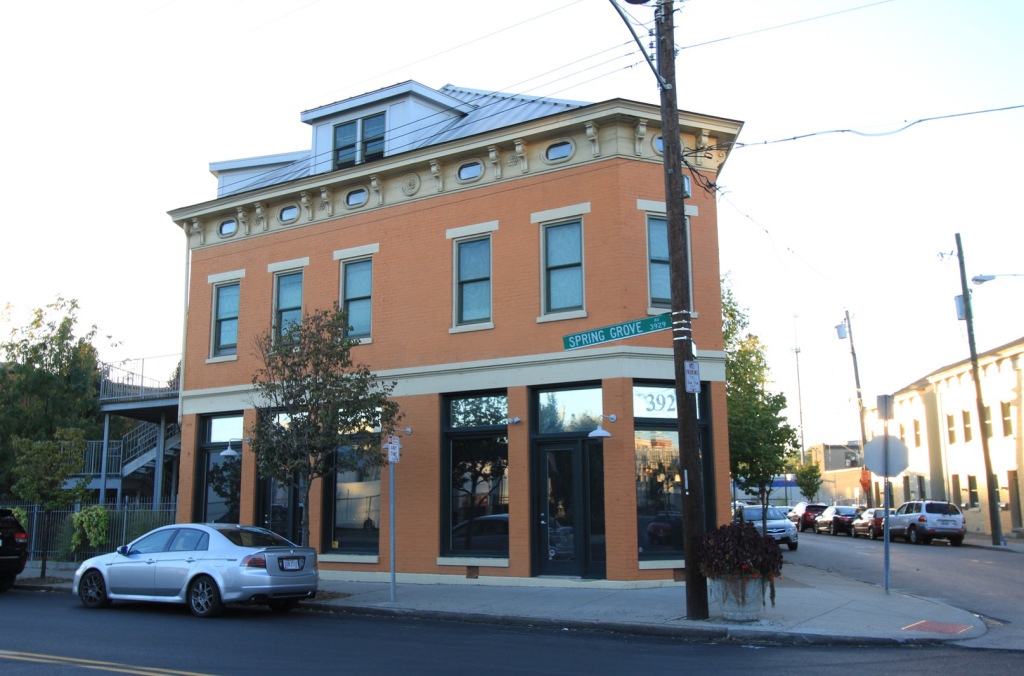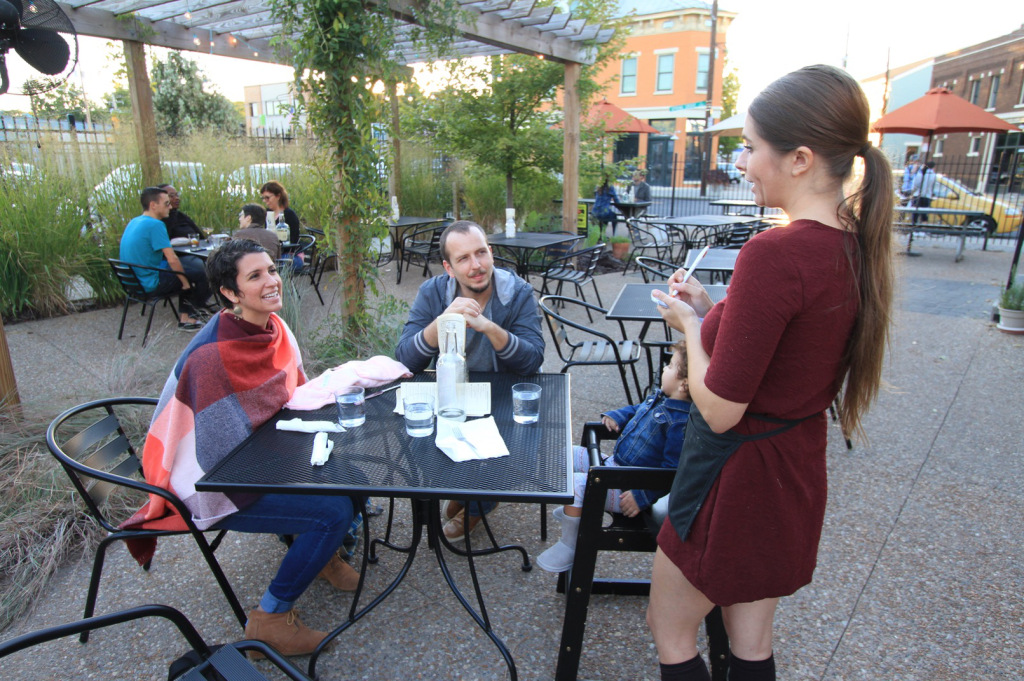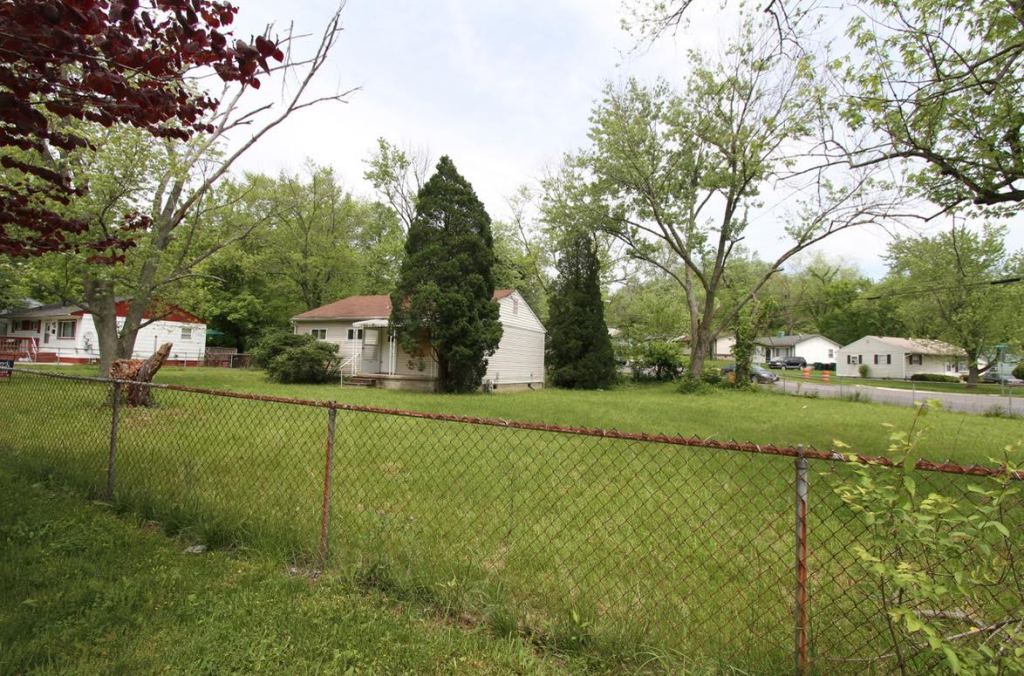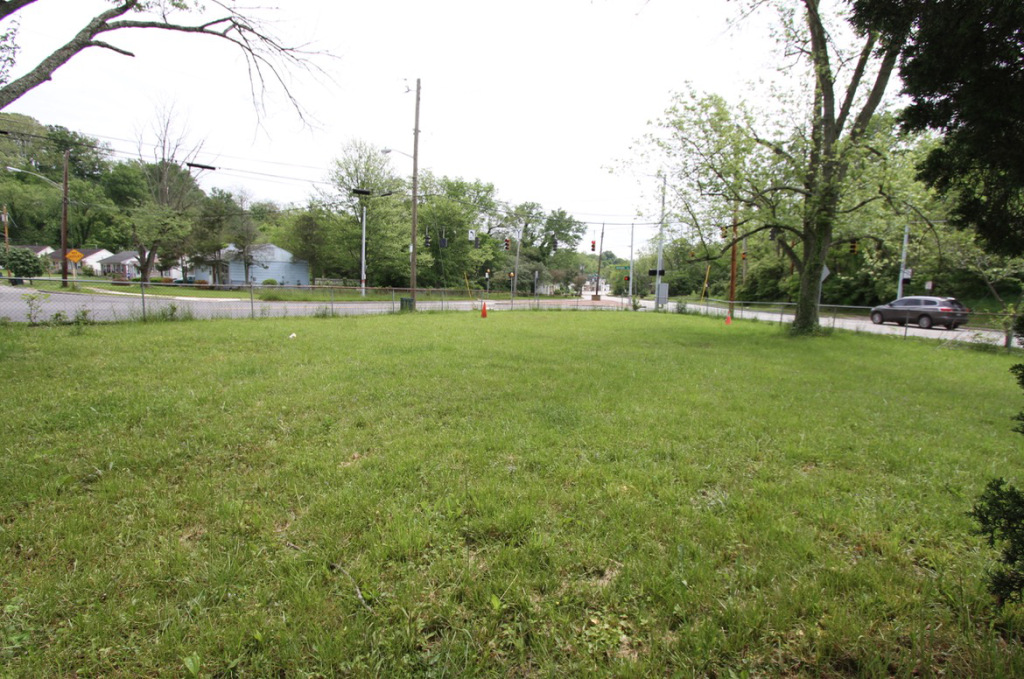The Ghost of Mamie Eisenhower
There’s a certain amount of nostalgia these days for 1950’s suburbs when men were men and ladies mopped linoleum floors in white pumps and pearls. I’m not entirely sure that world ever really existed precisely the way it was portrayed on black and white television, but we seem to want it to be true.
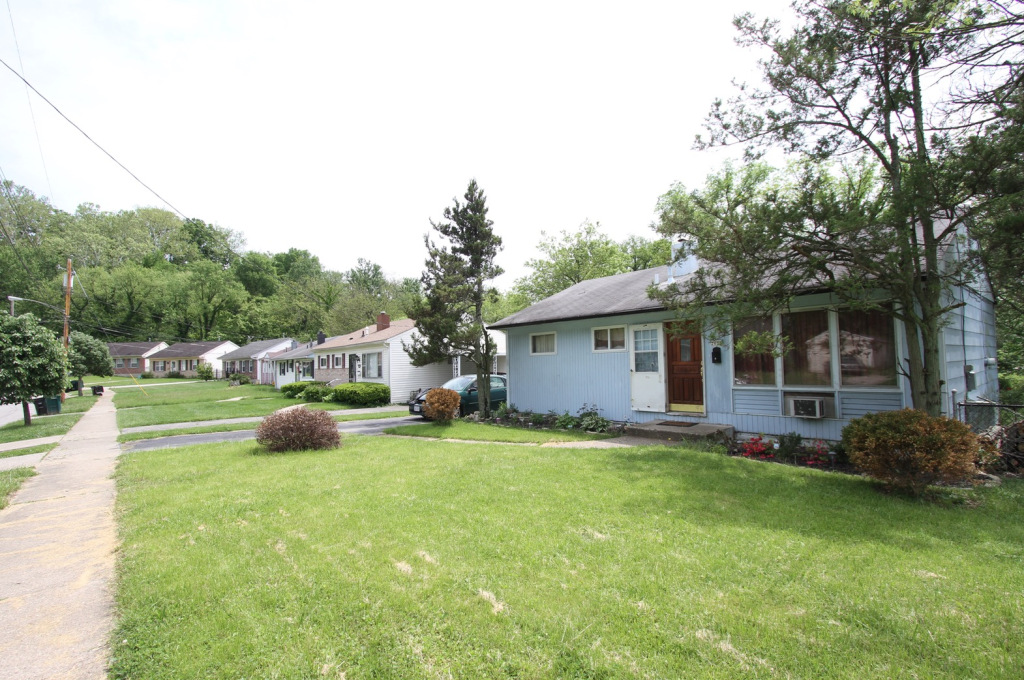

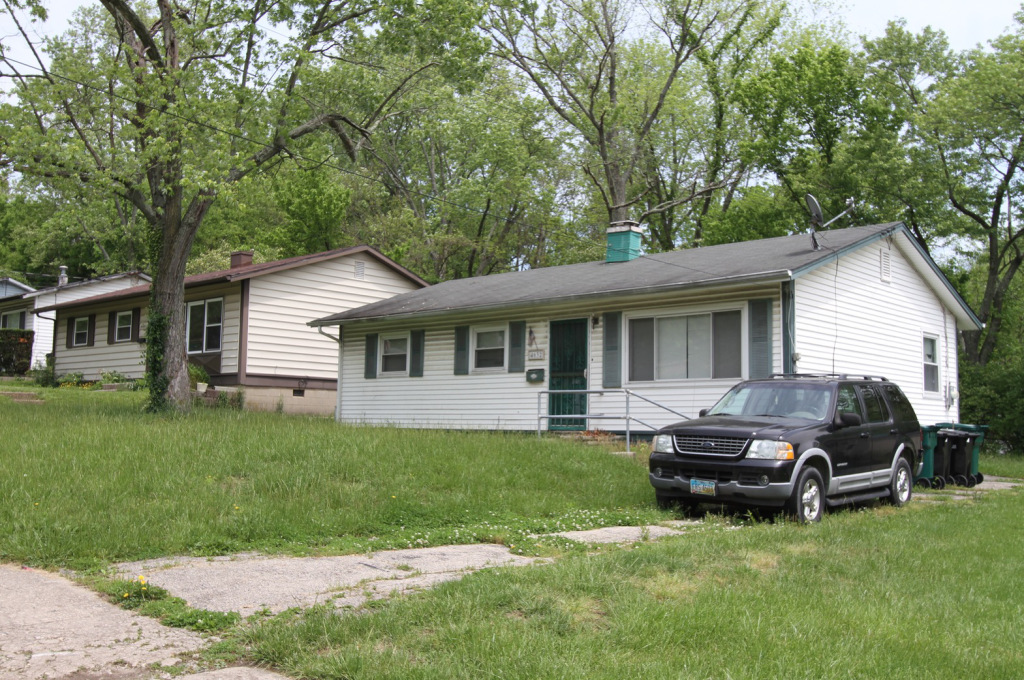
Here are examples of the most common version of 1950’s suburban homes. Soldiers returning from World War II eagerly bought them with heavily subsidized mortgages. They were based on the Levittown model of modest mass produced houses stamped out by the tens of thousands in potato fields all across North America. 875 square feet. Three small bedrooms. One bath. A little eat in kitchen. No garage. No air conditioning. And this kind of home was a spectacular improvement over the accommodations most families had experienced during the Great Depression of the 1930’s and wartime rationing of the 1940’s.
But by today’s standards these homes are often considered substandard. In fact, in many communities homes like these are now illegal to build because they’re so cheap and unimpressive that they might attract “the wrong element.” This subdivision has been in decline for years. The manufacturing jobs that once supported these families dried up long ago. The next generation who managed to get university degrees and work their way up the economic food chain moved to more exclusive locations farther away from the old city center. The population of this tract has contracted by 17% since the 2000 census. Today the largest segment of the remaining population in this neighborhood earns $10,000 or less per year. Many are elderly pensioners or people on public assistance. Some of these homes languish on the market and eventually sell for as little as $25,000. Homes in better condition consistently sell for $50,000 to $60,000 – largely because banks won’t write mortgages for less.
If you take a ten minute drive out along the aging 1950’s commercial corridors that compliment these residential subdivisions you quickly discover the scope of the problem. The most common criticism of this environment is that it’s soul crushingly ugly. The presumed remedy is to make it “pretty” by planting flowers, mandating more attractive signage, and flying American flags everywhere. There’s a concerted effort to replace the dead drive-thru burger joints and empty muffler shops with shiny new drive-thru burger joints and muffler shops. But ugliness isn’t the problem and newness isn’t any kind of solution.
Insolvency is the problem. This landscape doesn’t generate enough value to maintain the required infrastructure that supports it. The majority of the land along this commercial strip is surface parking lots, landscaped berms, and storm water retention ponds. None of that pays taxes, employs people, or adds value to the town. The best discount tire shop in the world can’t spin off enough revenue to carry the public burden of suburban roads, sewers, water systems, schools, police, and so on. Ugly is just the icing on the cake.
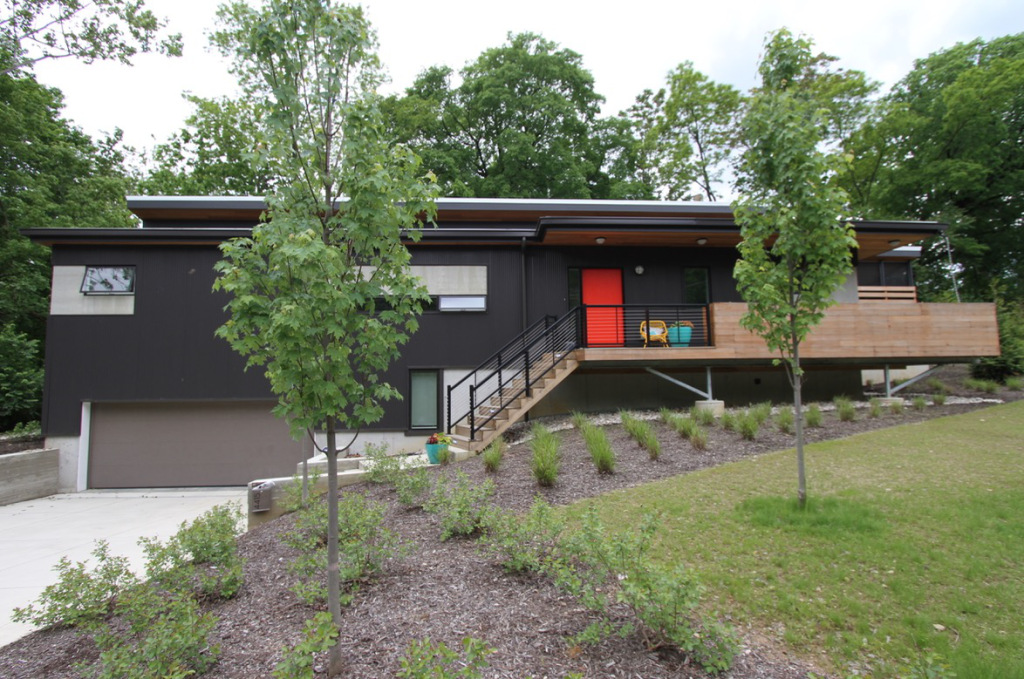
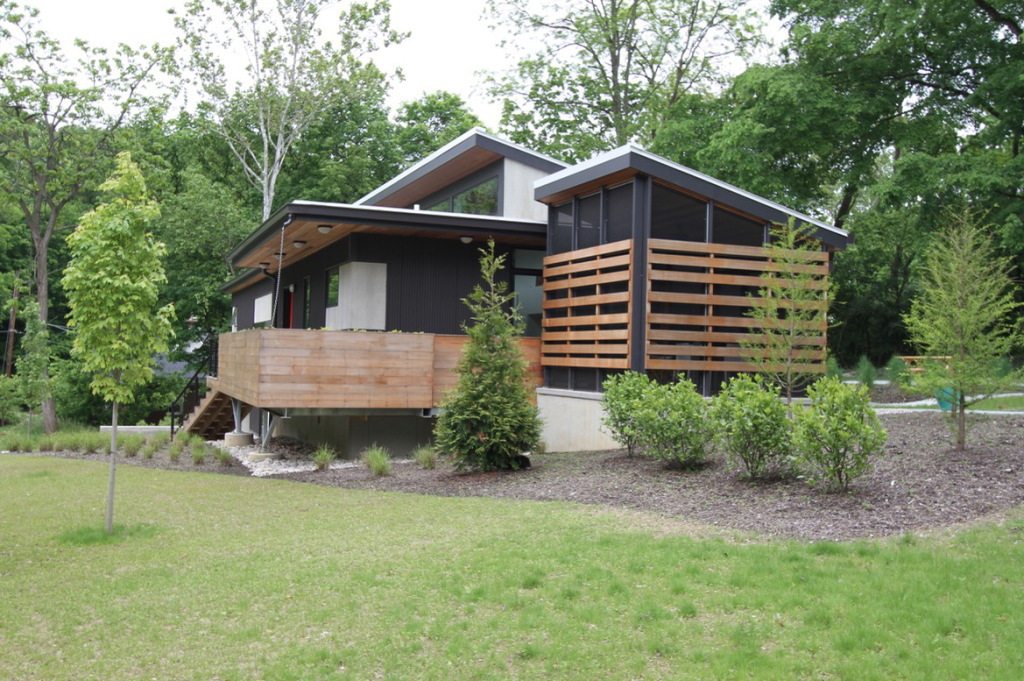
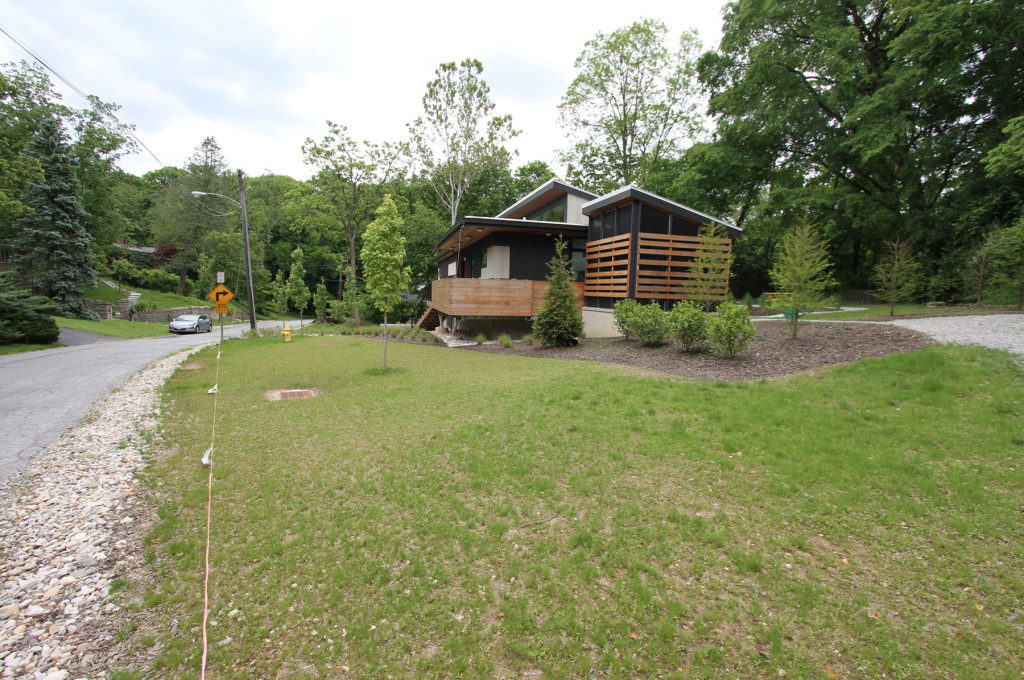
But then I discovered this bit of Dwell Magazine-style new construction. The fashionable mid-century modern lines are a kind of Walter Gropius meets Mies Van Der Rohe meets Frank Lloyd Wright homage to Mamie Eisenhower’s bygone Atomic Ranch America with all the latest “green” bells and whistles. So why did someone spend so much money on this property in this location? Well…
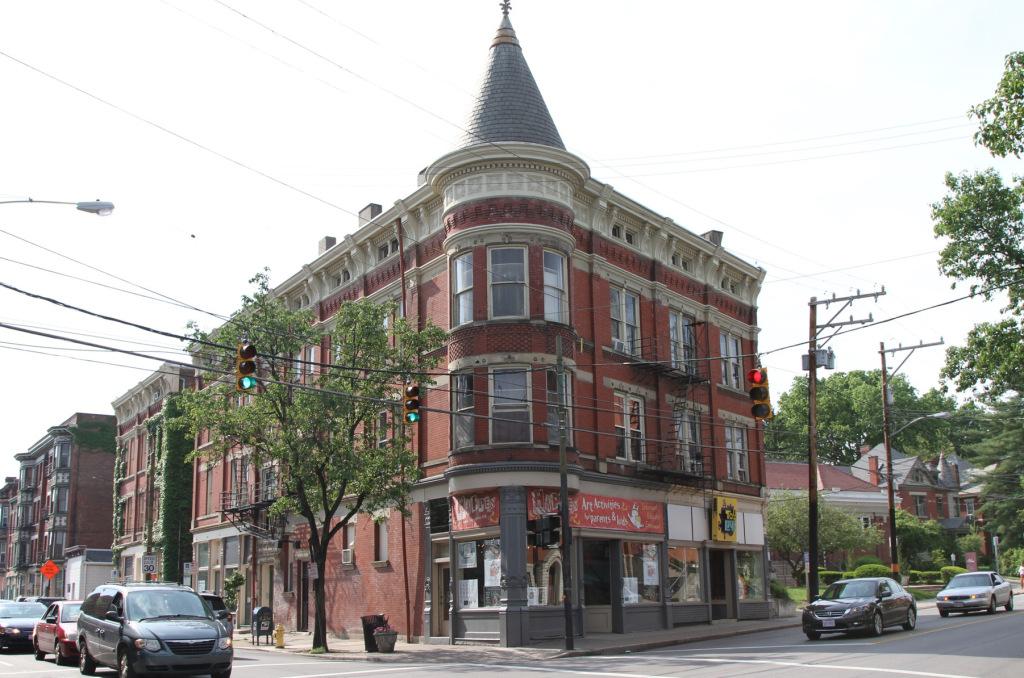
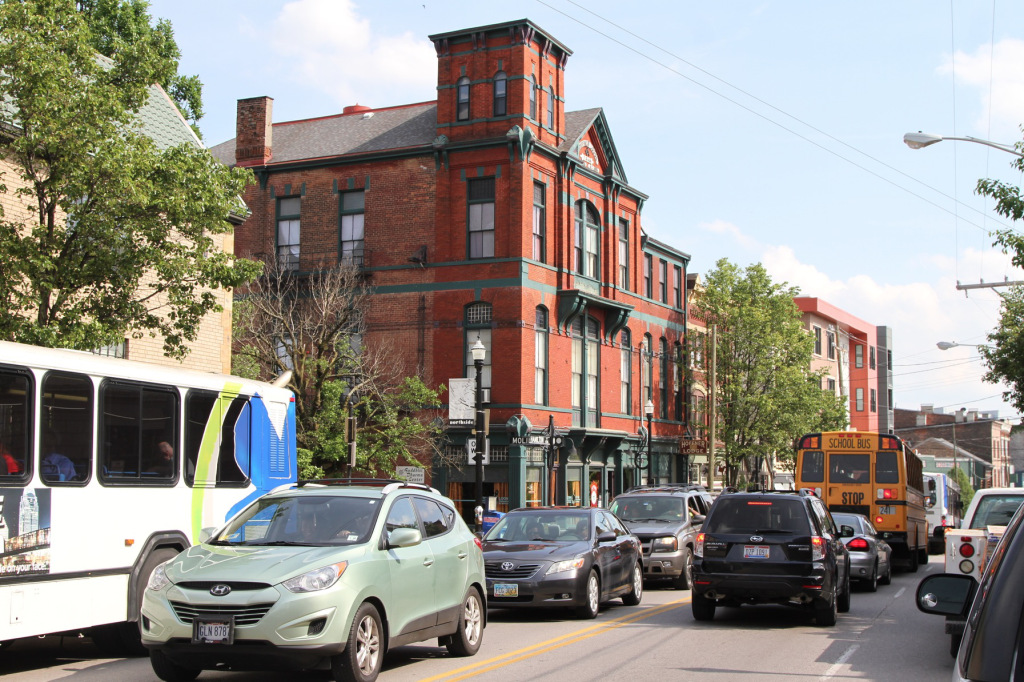
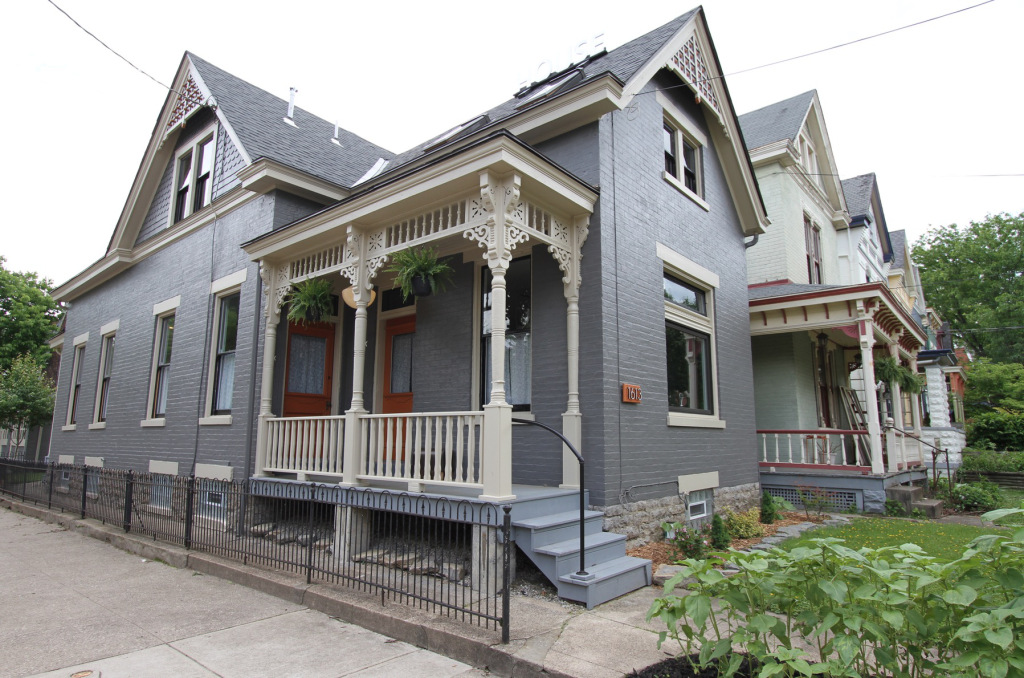
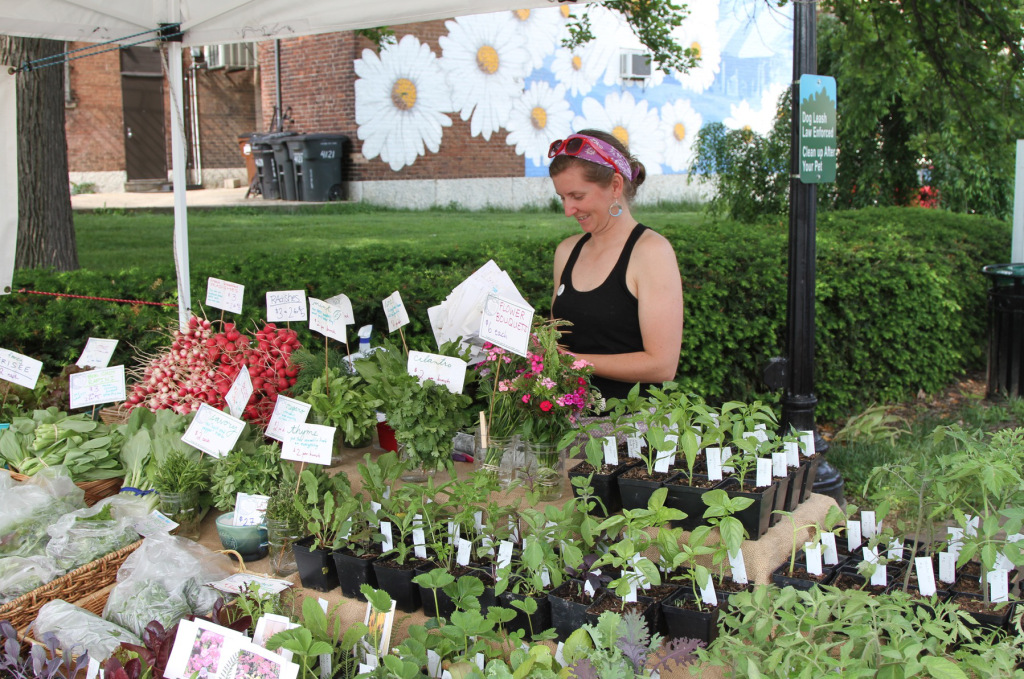
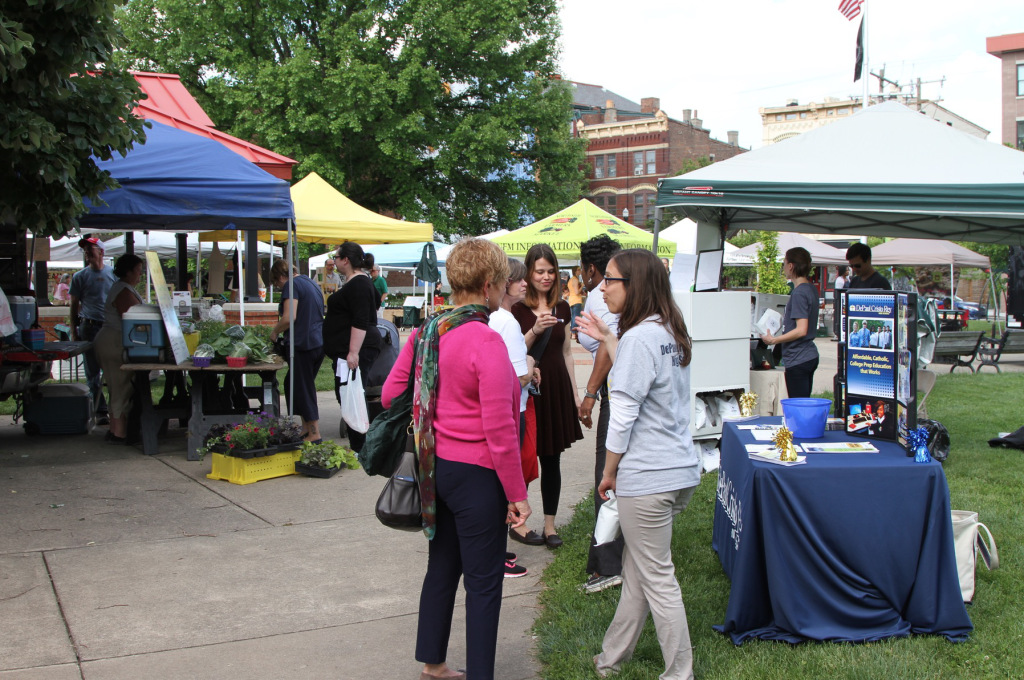
It’s a peculiar sweet spot if you’re paying attention. The schmaltzy 1950’s tract homes are built right on the edge of an old 1890’s neighborhood. The subdivision was once filled with people who were eager to escape the cramped apartments and run down housing stock of traditional urbanism and reveled in the privacy, personal space, and greenery of the fresh suburban living arrangement. They drove away from Main Street on the newly widened highways toward a glorious Jiffy Lube and Dairy Queen future. Meanwhile, the old neighborhood suffered institutional neglect and was abandoned to slumlords and marginalized minority populations for decades.
Today, there’s a renewed appreciation for historic districts. The economic and cultural pendulum is swinging back again, particularly among post college millennials. The center of this traditional neighborhood is a five-minute bicycle ride from those cheap 1950’s tract homes. As prices for venerable properties rise and availability tightens, the little tract homes may seem a lot more viable. This is especially true as millennials begin to have children and start looking for affordable property close to civilization, but with a little patch of garden.
Zoning regulations and building codes make it almost impossible to alter existing homes in the older neighborhood. But the small homes and large lots of the suburban subdivision are significantly easier to add on to and modify. These homes can turn away from the depressing sprawl along the highway and turn back toward Main Street. Given enough time and incremental investment this could be one of the more desirable places to live in the years to come.
And there’s one more aspect to these homes that I find particularly appealing. There’s a significant amount of land that lends itself to serious gardening and a conspicuous lack of Home Owners Association rules and regulations. Combined with the close-in location and genuinely affordable price point these homes are ideal for varying degrees of suburban homesteading. This sort of thing may seem peculiar to most people at the moment, but it could be a prominent selling feature in the future. Time will tell.

